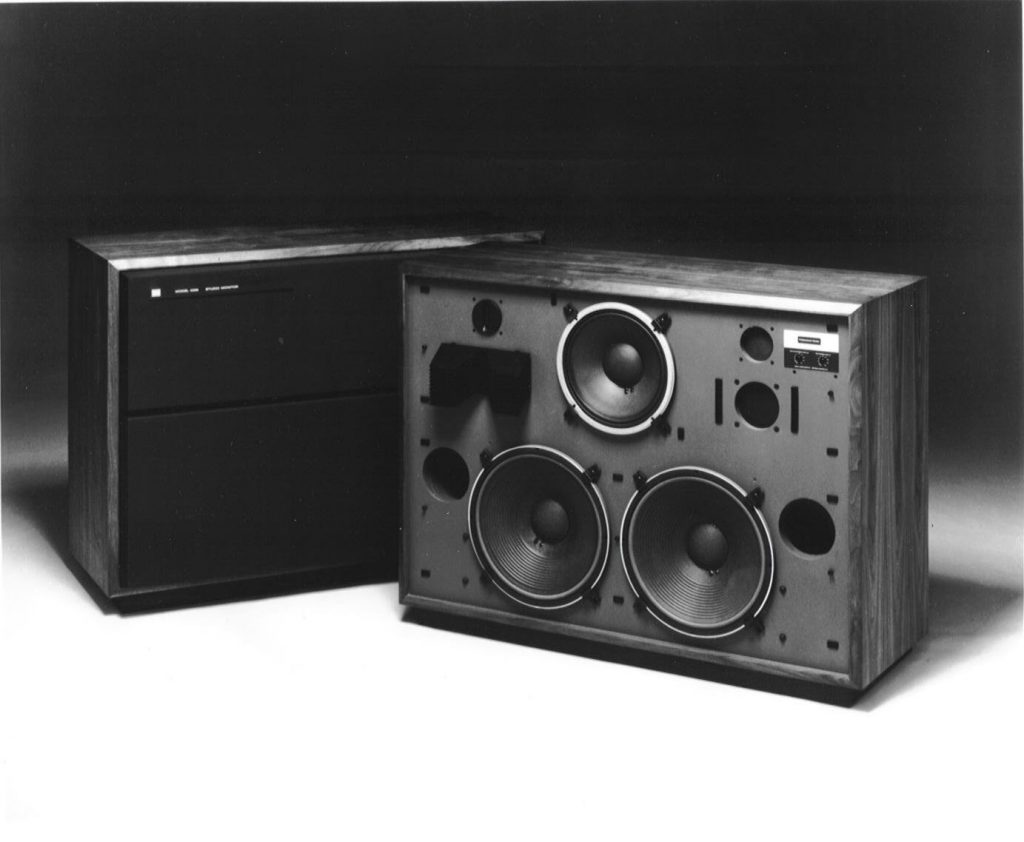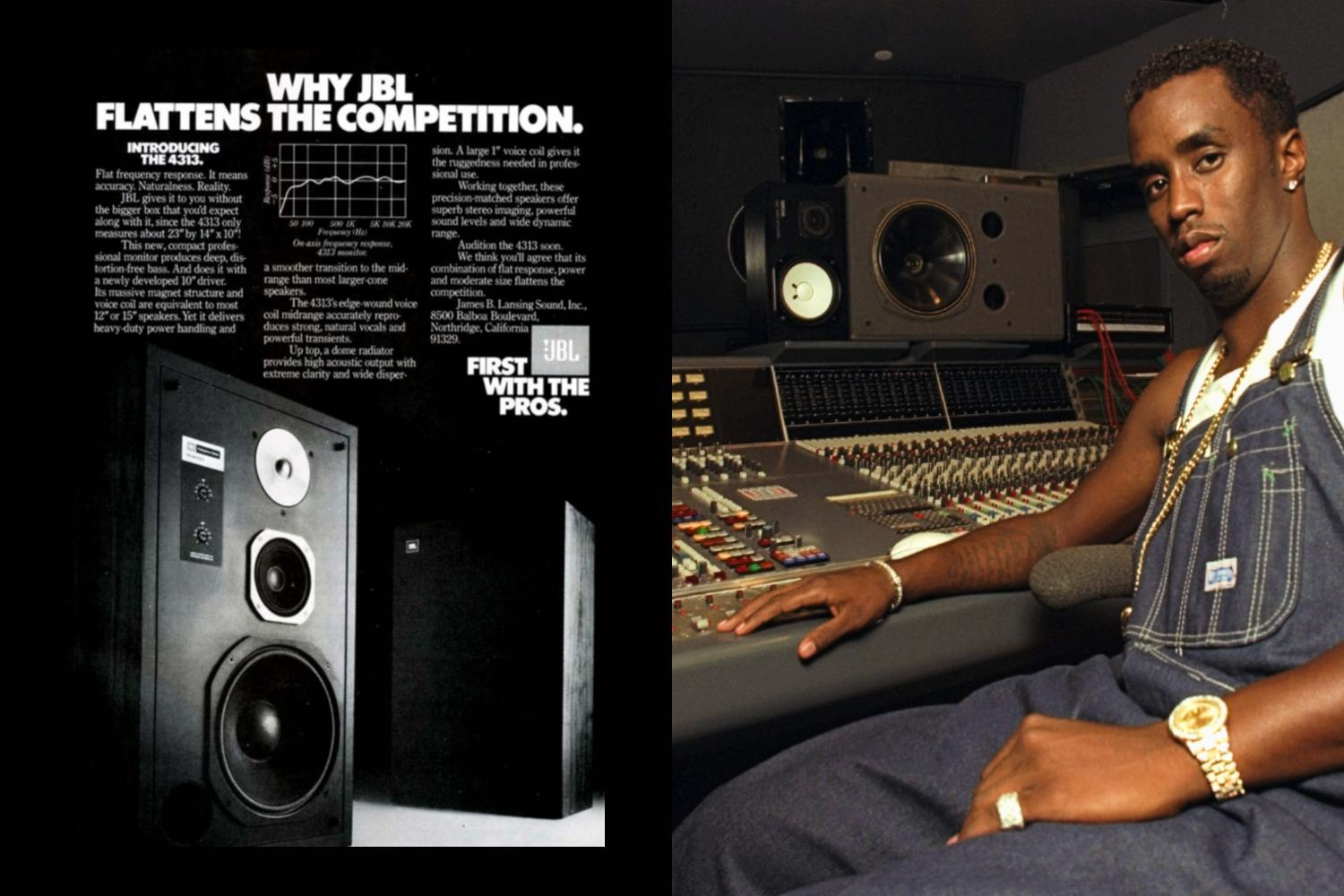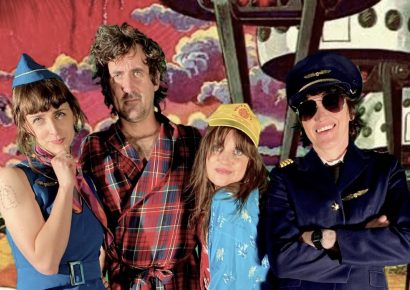Monitoring Month Part 1: How having room treatment and quality studio monitors achieves better results.
I’ll be the first to admit that I have a visceral reaction to bad studio monitoring. It’s something that I’ve struggled with for a long time, having sought the counsel of family and friends on multiple occasions (albeit usually to blank stares), but that doesn’t necessarily make my concerns any less valid.
It is true that you’ll never feel more alone than trying to explain to everyday civilians why your mood has been so visibly affected by the speakers telling you lies. It’s a predicament that is particularly unique to the plight of the budding audio engineer and one that would be funny if it wasn’t so tragic.
Read up on all the latest interviews, features and columns here.
But, these concerns are anything but unfounded. As music makers and audio people, the medium (quite literally) is the monitors. It’s the lens through which every creative and analytical decision is made, informing our perception and exerting an overarching sonic influence through every stage of the production process.
It’s also (unfortunately) one of the most complex and cerebral topics out there, existing at the exact intersection where physics, electro-acoustics and human psychology meet, thus creating a veritable Pandora’s box of delicate performance interrelationships, brutal mathematical equations, astronomically priced hardware and the inevitable cross-referencing of cross references of cross references.
This is before we even get into the fact that monitors are also the primary indicator of how our work might be perceived in the outside world—with the ability to provide cutting clarity or extreme obfuscation, depending on their design and placement. As such, studio monitors (and all listening devices for that matter) require a level of trust unique to practically anything else in the signal chain. In these kinds of critical applications, accuracy and quality aren’t just adjectives, they are tangible, proven earners.

It’s a massive topic, and right now there are credible academics writing credible academic papers about studio monitoring and its effects on the creative process and they too will tell you that it’s no walk in the park getting your head around it.
That alone could be enough to put it in the too hard basket, were it not for the fact that good monitoring is integral to good records. In fact, I’d go as far to say that monitors are the single most important component in the entire record making process—bar the actual song. The amount of heavy lifting and responsibility we place on them is enormous, and despite that, it’s still an area that so many budding engineers gloss over and skimp on, much to their own detriment.
This leads us to one of the biggest home truths in all of audio: A good studio monitoring situation will put you on the fast track to glory and inner peace quicker than almost anything out there, while a bad monitoring situation can very easily lead you down the path to audio purgatory—a place where endless mix revisions, rank kick sounds and uninformed +10db EQ sweeps are all part of daily life. It’s a sad, horrible place—some say even worse than Adelaide (or Melbourne who are currently going through the longest lockdown in the world).
If you intend on producing anything for public consumption, you owe it to yourself (and others) to get your monitoring situation as good as possible. Not only is it an exercise in self care, it’s a decision that is going to bear obvious and immediate sonic improvement to everything you work on.
We aren’t advocating for immediately reaching for the most expensive studio monitors either, more floating the idea that by having a basic understanding of room acoustics, monitor design and best listening practice, we can make the most of our situation, make informed purchases, and optimise the listening experience to put ourselves in a position to produce the best sounding music that our situation will allow. This is something which we can all do, regardless of budget, and in fact your investment in monitors and room treatment will be forefront to your experience creating and mixing audio.

Monitoring Month is a focus on exactly what we just talked about—an entire month of content aimed at providing you with all the tools and understanding you need to make informed decisions about the monitoring process. Everything from expert guides on monitor placement and room treatment, through to mixing on headphones, monitoring for immersive mixing, acoustic panelling, adaptive room correction, calibration, comb filtering, monitoring for stage and much, much more.
It’s everything you’ve ever needed to know about monitoring and your listening environment, all in the one place and for the purpose of helping you attain better mixes!
Keep your eyes (and ears) peeled to Mixdown Online over the next month or subscribe to our mailing list below to receive what is going to be a definitive look at one of the most important concepts in all of audio, the art (and science) of listening!
Check out more of our Monitoring Month content to stay informed about your listening environment.







